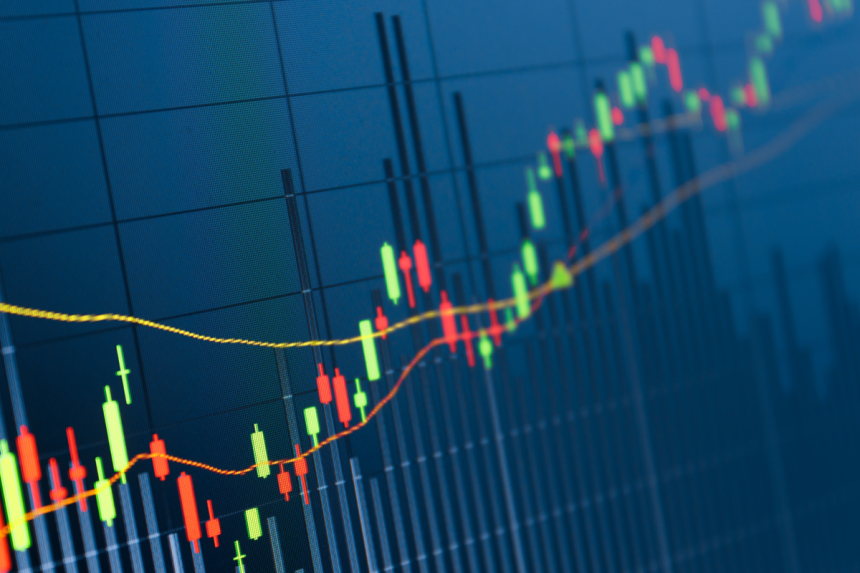Second Straight Decline
U.S. stocks fell for a second consecutive session on Wednesday, weighed down by persistent weakness in the technology sector and investor caution ahead of a key meeting of central bankers later this week. The S&P 500 slid 0.8 per cent, while the Nasdaq Composite dropped nearly 1.5 per cent in early trading. The Dow Jones Industrial Average edged down 0.2 per cent.
Market analysts attributed the declines to a mix of factors, including stretched valuations, profit-taking, and a broader mood of risk aversion. “I think we were priced for perfection in the U.S. and there was quite a lot of complacency in markets, so some summer volatility should have been expected,” said Ben Laidler, head of equity strategy at Bradesco BBI.
Political and Policy Concerns
Investors remain wary of U.S. President Donald Trump’s growing influence over the tech sector. According to two sources, Commerce Secretary Howard Lutnick is exploring possible government equity stakes in Intel and other chipmakers, raising questions about Washington’s role in shaping corporate structures.
The idea follows recent revenue-sharing agreements struck with Nvidia and Advanced Micro Devices, signaling a more interventionist approach. While each measure may not alarm markets in isolation, analysts said together they highlight deeper concerns over the institutional framework underpinning the U.S. economy.
Global Markets Show Resilience
In contrast, European markets managed to post gains. The pan-European STOXX 600 rose 0.2 per cent, while London’s FTSE 100 climbed to a record high, led by strength in consumer and healthcare shares.
Currency markets also saw movement, with the U.S. dollar slipping slightly against a basket of peers after Trump called on Federal Reserve Governor Lisa Cook to resign. Traders are now turning their attention to the upcoming central bankers’ gathering, where signals on interest rates and monetary policy direction could determine near-term momentum.






